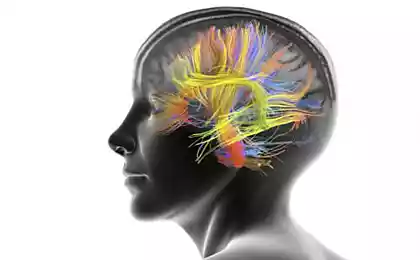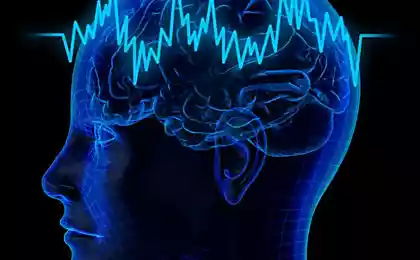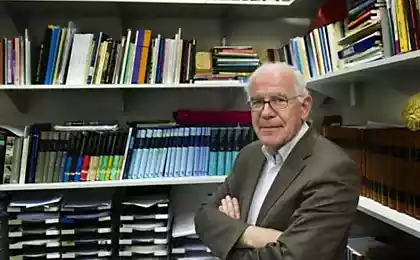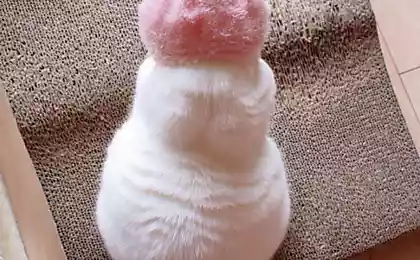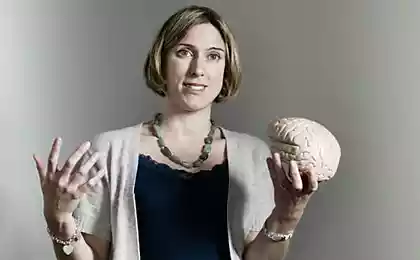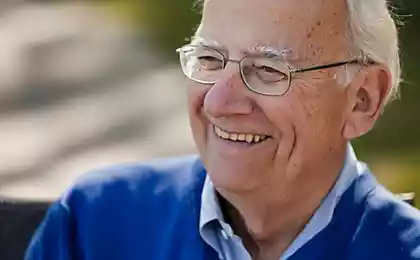233
Как работает система навигации нашего мозга
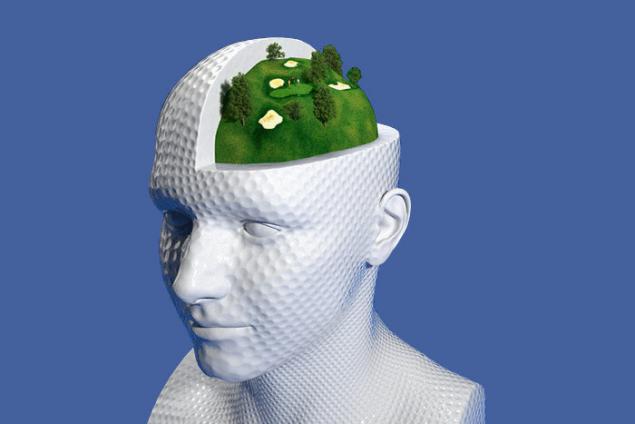
© Justin Metz
Our brains make maps of the terrain. But where does he keep them? When does it update? And how do we balance clear instructions to “walk straight twenty steps and turn left” with vague feelings like “remember, I’ve been here before and also looked at this ridiculous graffiti on the wall”? Quanta Magazine talks about the discovery of a navigation system in the brain, for which researchers received the Nobel Prize in Physiology or Medicine in 2014.
Google Maps, a powerful online mapping tool, owes its success to two main components: a GPS system that determines the location of an object on Earth, and a “personal” map that contains comprehensive information about your home or favorite restaurant, where you like to look after working for donuts. It turns out that our internal navigation system works in much the same way. These conclusions were reached by three scientists who received this year’s Nobel Prize in psychology and medicine. The prize “for the discovery of a system of cells in the brain that allows you to navigate in space” was shared by John O “Keefe, a neurophysiologist from University College London, and spouses of neurophysiologists May-Britt and Edward Moser from the Norwegian University of Natural and Technical Sciences.”
Back in 1971, John O'Keefe discovered special neurons, "place cells," that help animals determine their exact position in space. Much later, the Mosers, disciples, and followers of O’Keefa discovered the “grid cells” needed to build the right trajectory. The first studies were conducted on rats, but soon both types of cells were found in the brains of mammals, including humans.
Such an orientation system may also use some abstract properties or sensations. So coordinate neurons don’t just respond to sensory signals (such as the smell of the earth, for example). They build a certain internal coordinate system, which, together with information from various sensors, is used by place neurons to form our sense of space.
Further study of how the brain creates cognitive maps could lead to new discoveries in neurophysiology. “There’s some deep connection between memory and space,” says Matthew Wilson, a neuroscientist at MIT. In addition to the function of internal GPS, coordinate and place neurons may still be responsible for keeping our memories safe.
Sense of space
Place neurons have been found in the hippocampus, a region long thought to store memory. If it is removed, as in the case of the famous patient H.M., the brain loses its ability to create new memories. But O’Keefe’s discovery showed that the hippocampus is also responsible for navigation.
Kyfe recorded electrical impulses in the hippocampus of rats moving freely in the new space. He saw that these neurons were activated depending on where the animal was. By changing the environment, O’Keefe showed that rats don’t just respond to sensory cues, but have a more complex sense of space.
In his 1978 book, The Hippocampus as a Cognitive Map, John O. Keefe and his co-author Lynn Nadel reported that this spatial system, in addition to performing a basic function, still organizes personal memories depending on where the events took place. For example, when you sit at the kitchen table in the house where you spent your childhood, you probably remember your favorite apple pie from your last birthday.
Three decades later, the Mosers discovered a system of cells that scientists believed provide spatial information to place neurons. They placed sensors on some neurons in the entorhinal region of the rats' cortex, which is linked to the hippocampus, and then left the animals running in the cage. By mapping the areas where certain neurons were activated in the rats, the scientists found that the cell sex split into several equilateral triangles. The map turned out to be so accurate that scientists initially suspected a hardware failure.
One of the most interesting details of this discovery is that coordinate neurons work even when the animal is in complete darkness, without any visual clues. This fact reflects the internal dynamics of the brain, which, in a sense, does not depend on the data of the external world. That’s why this is such a phenomenal discovery – it gives us the opportunity to understand what’s going on inside, says Jim Kirim, a neuroscientist at Johns Hopkins University in Baltimore.
Deciphering the brain
Scientists still don’t know exactly how the brain creates spatial maps or how they are used in navigation. But Kyfa and Moserov’s work explains more than just the brain’s navigation system — neuroscientists can now use coordinate cell and place neuron data to answer a host of questions.
For example, scientists want to learn more about how the brain converts information about the world into electrical signals and how new information combines with old information. “If we want to understand how the brain works, we need to know how data from zone A is converted into data for zone B,” Kirim said. The process by which coordinate neurons deliver information to place neurons in the hippocampus allows scientists to investigate this question.
The scientists also used the properties of place neurons to learn more about memory. Once the rat runs through the maze, a sequence of certain place neurons is activated. When a rat falls asleep, this sequence is replayed in its brain, which scientists believe helps transfer information from the hippocampus to long-term memory.
More recent sleep studies show that the same sequence will play out in the rat’s brain when it is back in the maze and has to choose the right path. “We know that rats can make time travel in their heads, and we’ve only been able to figure this out through place neurons,” says David Redish, a neuroscientist at the University of Minnesota in Minneapolis about how rats can relive past events.
Many researchers believe that memory and space are even more closely related. In ancient Greece, speakers, in order to memorize speech, mentally associated each passage of speech with some section of the road leading through the city. At the heart of such mnemotechnics is the fact that the hippocampus encodes both spatial information and autobiographical memories. “It turns out that space is a good way to organize personal experiences,” concludes Matthew Wilson.
Source: theoryandpractice.ru
Products with high iron content at night disrupt circadian cycle in the liver.
In Brussels will be an electric taxi






